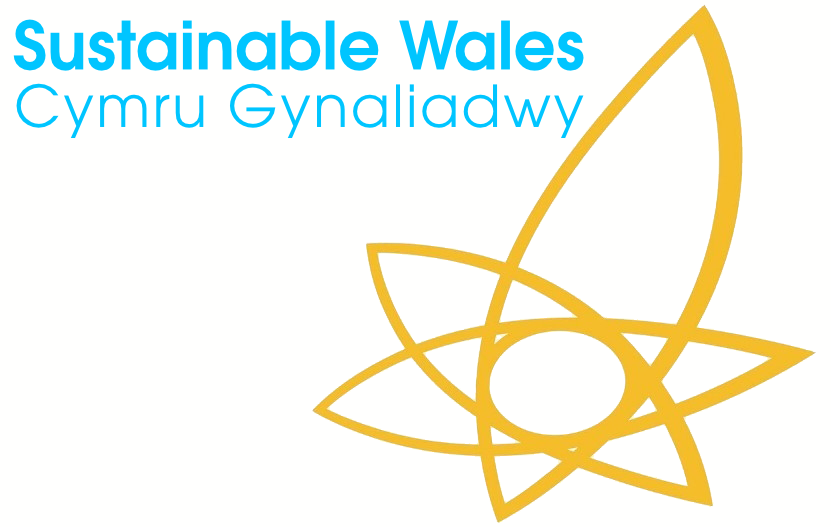Architecture in Masdar is striking, based on ancient Arabic principles. The ‘wind tower’ is a notable feature
Back in Abu Dhabi, I discovered plans for themed islands in the Arabian Gulf. There are plenty of islands here, some in process of volcanic creation. ‘Yas Island’ might boast a Warner Brothers theme park, containing ‘Harry Potter’ and ‘Ferrari’ spinoffs. I find this more than depressing. But also planned are ‘Ideas Island’ and ‘Tech Island’.
Thus I want to write about the imaginary ‘Festival Island’. This sees the Hay on Wye or Toronto’s Harbourfront festivals expanding to the Gulf.
My fictional participants will be an awkward squad of ‘geniuses’. These people are rewarded in “solar dirhams”, the new “currency of sunlight”, and live together “on a dhow-shaped island in a solar sea”.
And yes, people pay fortunes for the privilege of breathing the same air as these paragons.
This essay is linked to a blog I am writing for Sustainable Wales. It will concern the German-made solar panels on my roof in Porthcawl, the ‘renewable energy cluster’ known as ‘Cenin’ in Porthcawl, and Masdar City.
I believe renewable energy is the future for all of us. In Masdar it is very much the present. Masdar exports technology (and the energy it generates) to “remote and strategic areas across Egypt.”
Thus visiting Abu Dhabi allowed me to combine literary and environmental ambitions.
My introduction to the ‘women’s salons’, which might also be evoked in fiction, and to Masdar, a reality for all its hyperbole, have created a light for me in a post-Brexit world.
I appreciate Masdar has disappointed many people. Suzanne Goldenberg has written, after a visit in early 2016:
“By UAE standards, both the Siemens and the Irena buildings are state-of-the-art in terms of optimising energy use – but it’s less clear how they stack up globally.
“The UAE uses its own ratings system which does not readily translate to more familiar green building standards. In addition, the agency’s 90 or so staffers are the only occupants of the six-storey, 32,000m space.
“Fewer than 2,000 people work on the campus, according to tour guides. Only 300 live on-site, all graduate students of the Masdar Institute of Science and Technology, who are given free tuition and accommodation.
“The pioneering autonomous transport system - which was originally supposed to stretch to 100 stations - was scrapped after the first two stops.
“There is a bike-sharing station – though it’s a good 10 miles away from Abu Dhabi, and there are no bike paths.”
Thus Masdar, at time of writing (August, 2016) is a long way from what was hoped. And how feasible is cycling in a blistering Abu Dhabi summer? I compare it with an ambitious artistic project that is gradually scaled back.
Yet I still believe the future is solar, and in a future blog I will write about the realities, and not the proposed fictions, of that sunshine economy.
Abu Dhabi, UAE, April 21, 2016






